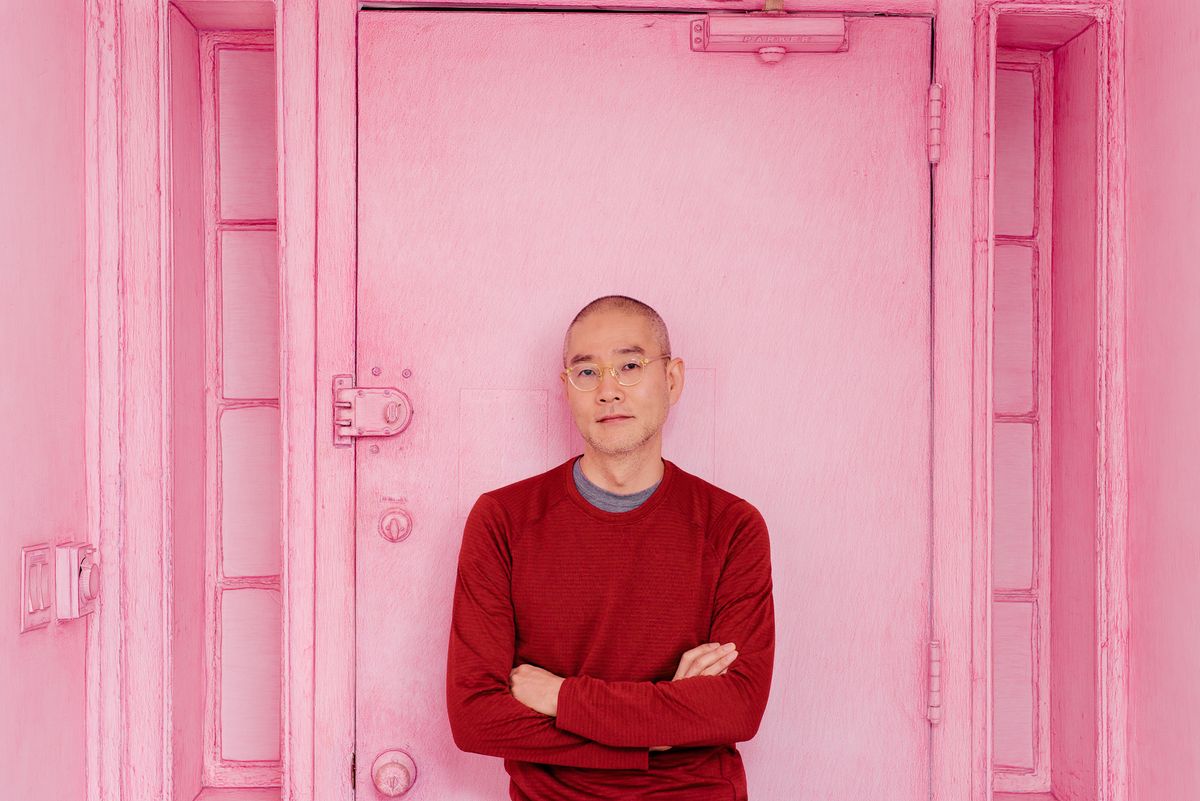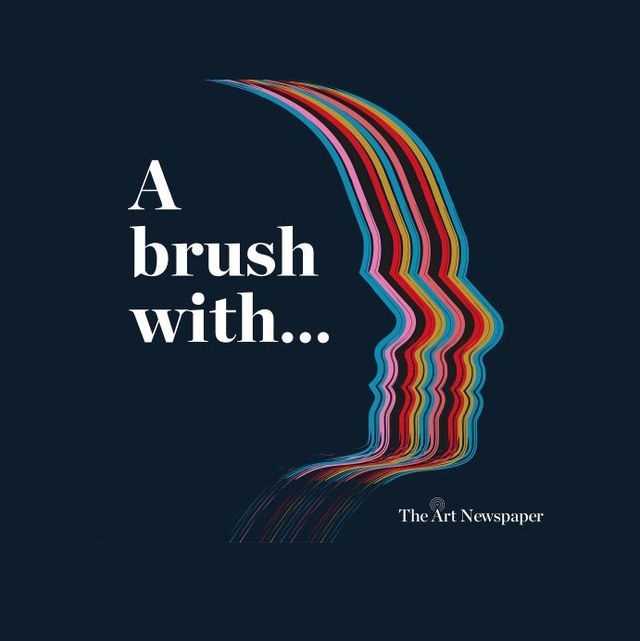In the final episode of this series of A brush with..., Ben Luke sits down with the sculptor and installation artist Do Ho Suh to speak about the art, music, literature and cultural experiences that influence his work.
Born in Seoul, Korea, in 1962, Suh received his MA from Seoul National University in the 1980s before completing a BFA at the Rhode Island School of Design and an MFA at Yale University in the 1990s.
His most notable works are huge reconstructions of spaces in which he has lived throughout his life, made in alluring coloured fabrics. These range from his family's Hanok-style home in Seoul to his former studio in Berlin and his current home in London, where he is now based. He painstakingly stitches not just the form of the rooms, but the in-between spaces like staircases, and details within them like sinks and and doorknobs.
Together they form a project that reflects on home, migration and memory, both personal and collective, and those in-between spaces serve as metaphors for a sense of passage and identity. They are solid sculptural structures but also dissolve with light, becoming spectral forms that evoke our memory of place and how it becomes blurred and exaggerated.
In this hour-long conversation Suh reveals how his early work in South Korea has been ignored by curators and critics and that he initially wanted to be a marine biologist, only switching to art when he realised his maths skills were not good enough. He reflects on the influence of the Chinese artists Qi Baishi and Bada Shanren and discusses the contemporary artists he admires, from Félix González-Torres to Rachel Whiteread. And, as with all the guests on the A brush with... podcast, he names the writers and musicians he admires, ponders his studio rituals and answers the ultimate question: what is art for?
A brush with… series 3 runs from 24 March-14 April 2021, with episodes released on Wednesdays. You can download and subscribe to the podcast here. This episode is sponsored by Cork Street Galleries.
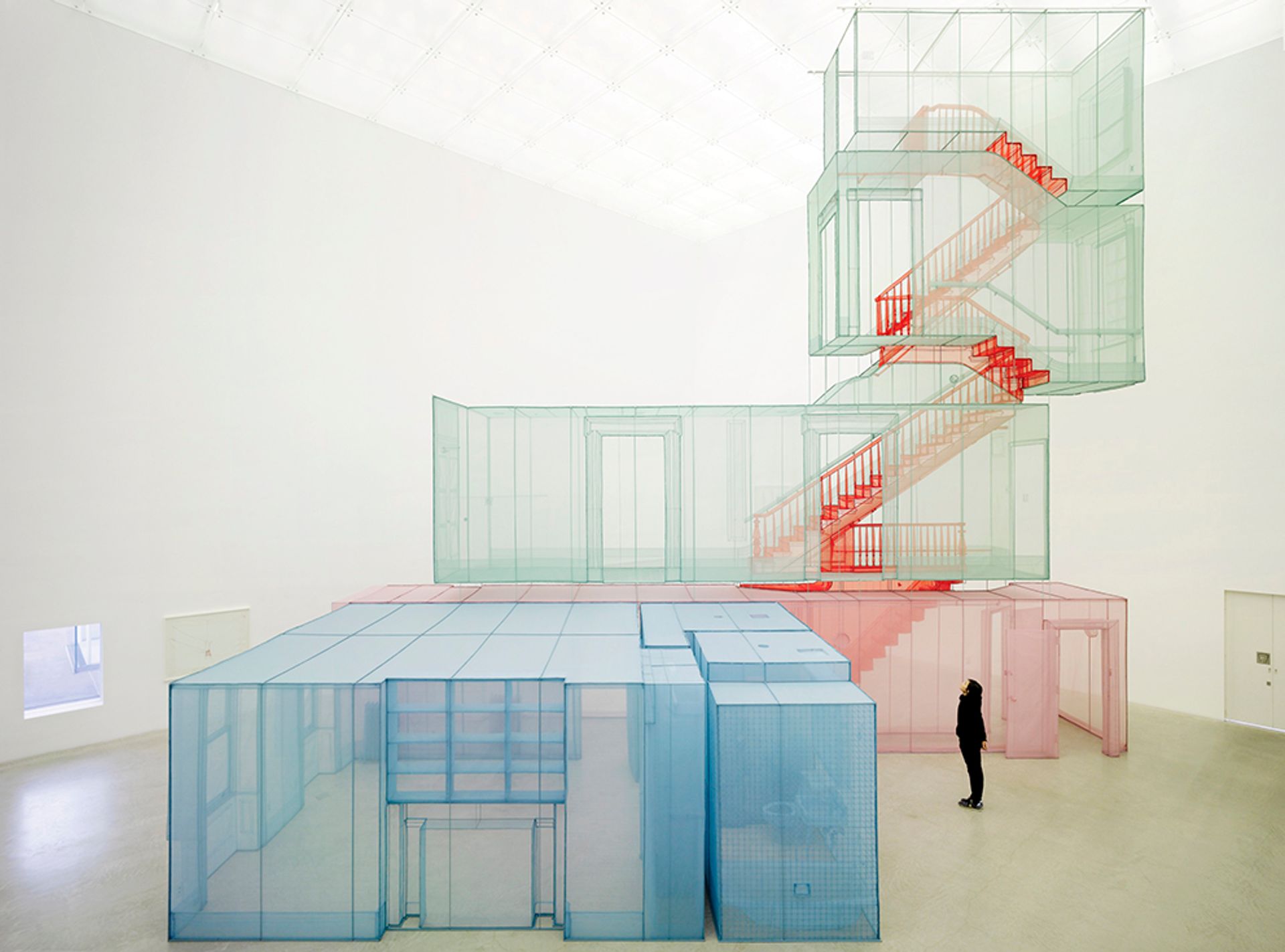
Do Ho Suh on... the similarity between clothes and architecture
"I see clothing as the smallest, most intimate space that one person can carry. So when you expand that idea, it becomes an architecture... it's something that envelopes your flesh and bone, but also imposes a certain identity. So it conditions you, in a way, culturally or politically. And I think that is very similar to what architectural space does. [...] So from day one, you're basically shaped by the surroundings. So for me, it was quite natural to connect that notion of clothing and architecture at the same time."
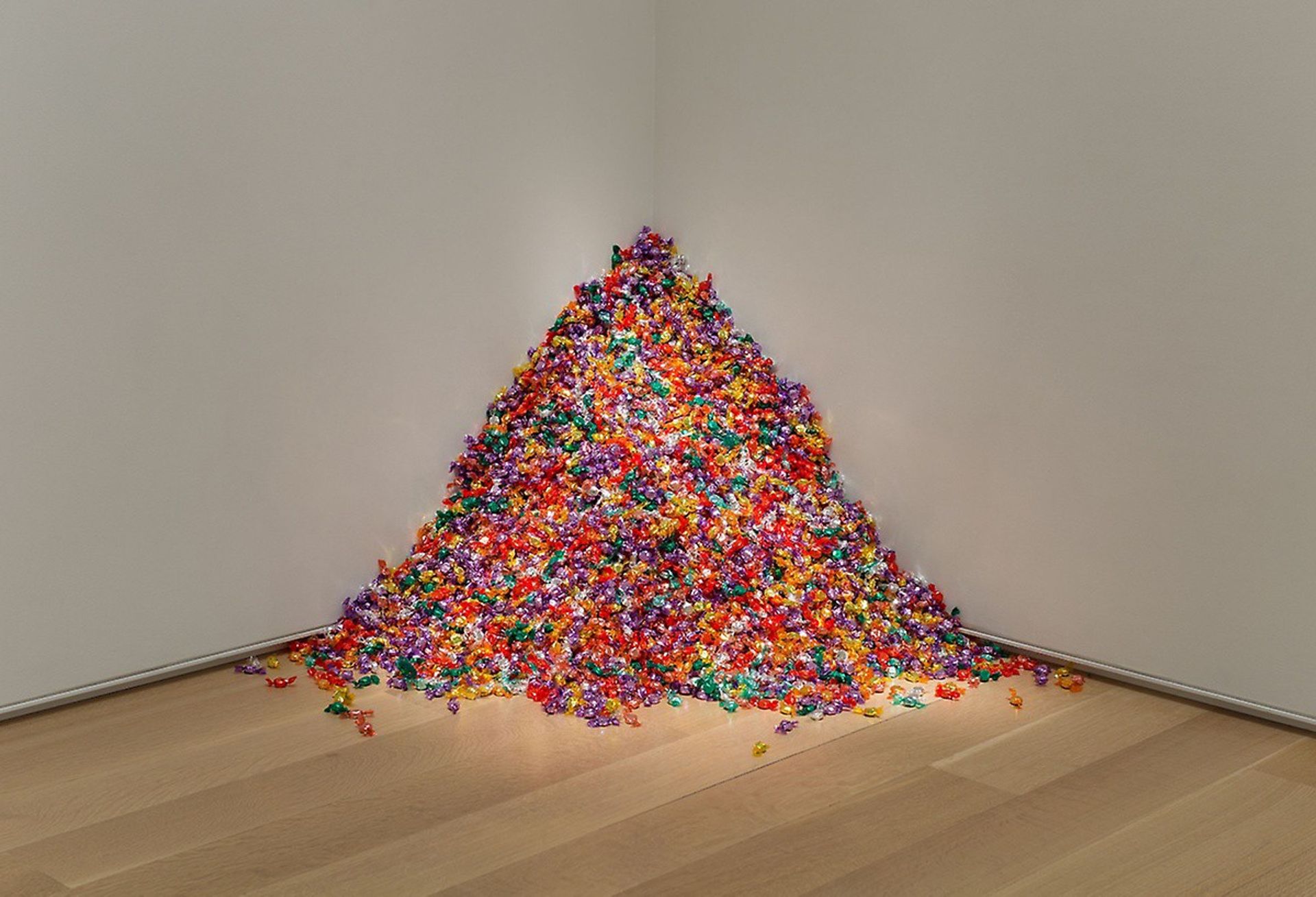
Felix Gonzalez-Torres, Untitled (Ross in L.A.) (1991)
... Félix González-Torres
"I love his sensibility, the sense of sorrow. But conceptually, I'm really interested in those stacks of candy. He questions the notion of author and authorship. There's no signature, and he didn't make that piece. And it was a written agreement between Felix and the museum. So it's a piece of paper, basically, and a couple of sentences that describes the work and how to prepare the candies—he specified the wrapping paper of the candy and where to get it. And that's a such a radical idea from which to make art. I could totally relate to that. And then by offering it to people who can take these things. And then next morning, that's another pile of candy. The materiality of the work may be so ephemeral, but this is the ultimate eternal piece. I'm really drawn to his way of thinking."

Do Ho Suh, Rubbing/Loving Project: Apartment A, 348 West 22nd Street, New York, NY 10011, USA (2014-2017) © Do Ho Suh Courtesy the artist and Victoria Miro (Photography Chris Payne)
... how Rachel Whiteread got there first
"I could have easily gone in the direction that she has been exploring, had I gone to the US maybe six months earlier. I was actually planning to cast a small abandoned studio at the art school I went to for around two years after I moved to US. And one evening I was having my dinner at the school cafeteria and a friend of mine just drops this black and white picture on the table, and says, "hey, bro, you got to check this out". [...] And it was a picture of a small room that Rachel Whiteread had cast and she did it about six months before. So you can imagine what word came out of my mouth (it is a four letter word), and it completely ruined my dinner! So I didn't cast the room, but I'm glad that I didn't. It actually allowed me to explore the notion of space and personal space in a more loose way. And I could have easily gone down Rachel's direction. I mean, this is a very crude way to say it, but her work really represents the Western thought process and mine represents a more Eastern thought process. But I love Rachel's work."
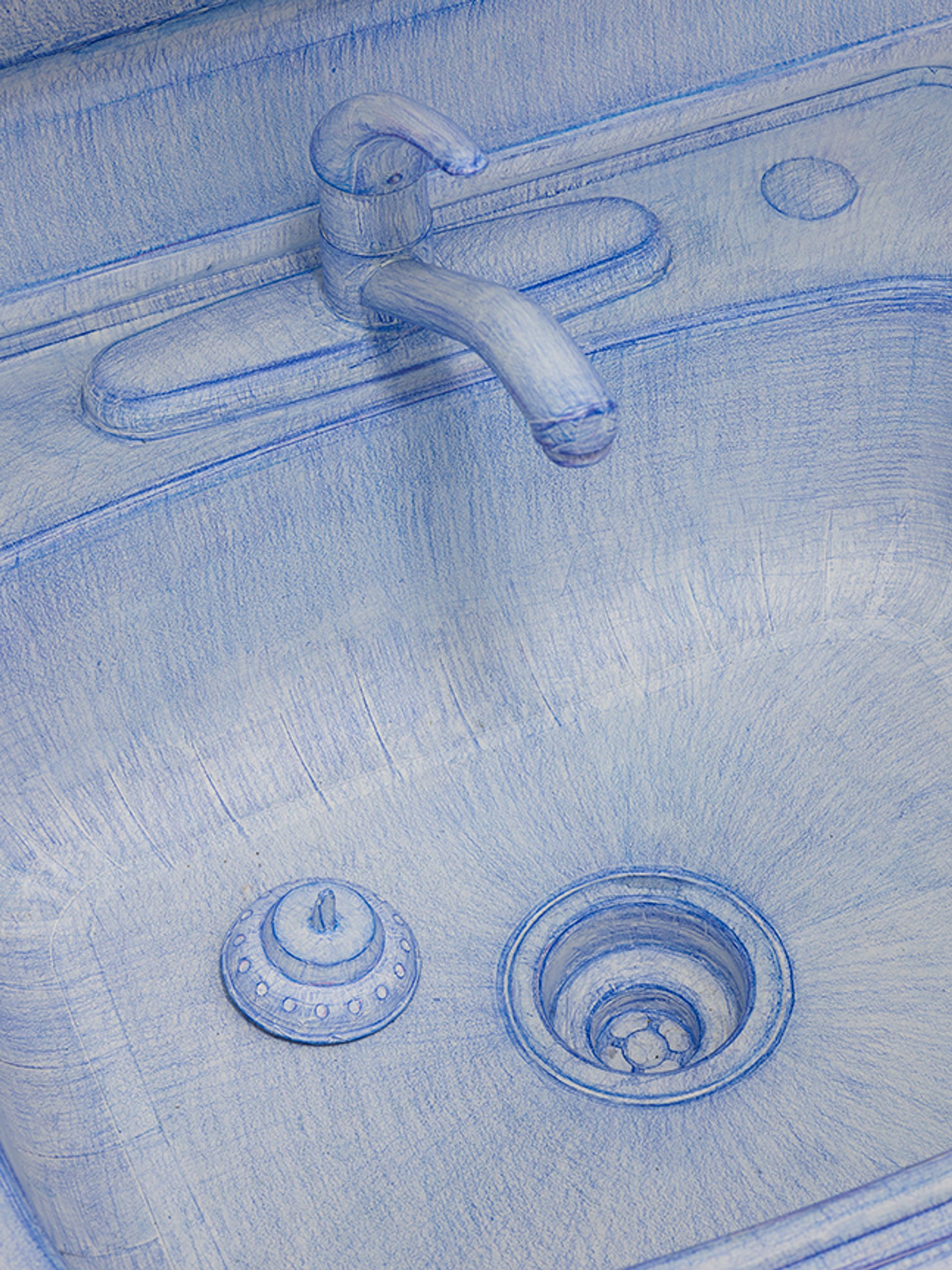
Do Ho Suh, Rubbing/Loving Project: Apartment A, 348 West 22nd Street, New York, NY 10011, USA, (2014-2017) © Do Ho Suh
... the cultural experience that changed how he sees the world
"Going to the US was a very important, but it was not a culture shock. Often my work has been seen as dealing with a culture shock, but I don't think that's what I had. Growing up in Korea, I learned English from the radio station for American soldiers that played American pop songs. And on TV I could watch Disney cartoons, so I became very familiar with the American pop culture before I went to America. What actually was uncomfortable was the orientation of the objects in the building. Spatially it was different, so it was more like my body was responding differently. You know, it wasn't a traumatic experience, but awkward enough to make me start to be aware of my surroundings. So I think a lot of my earlier work started from there."
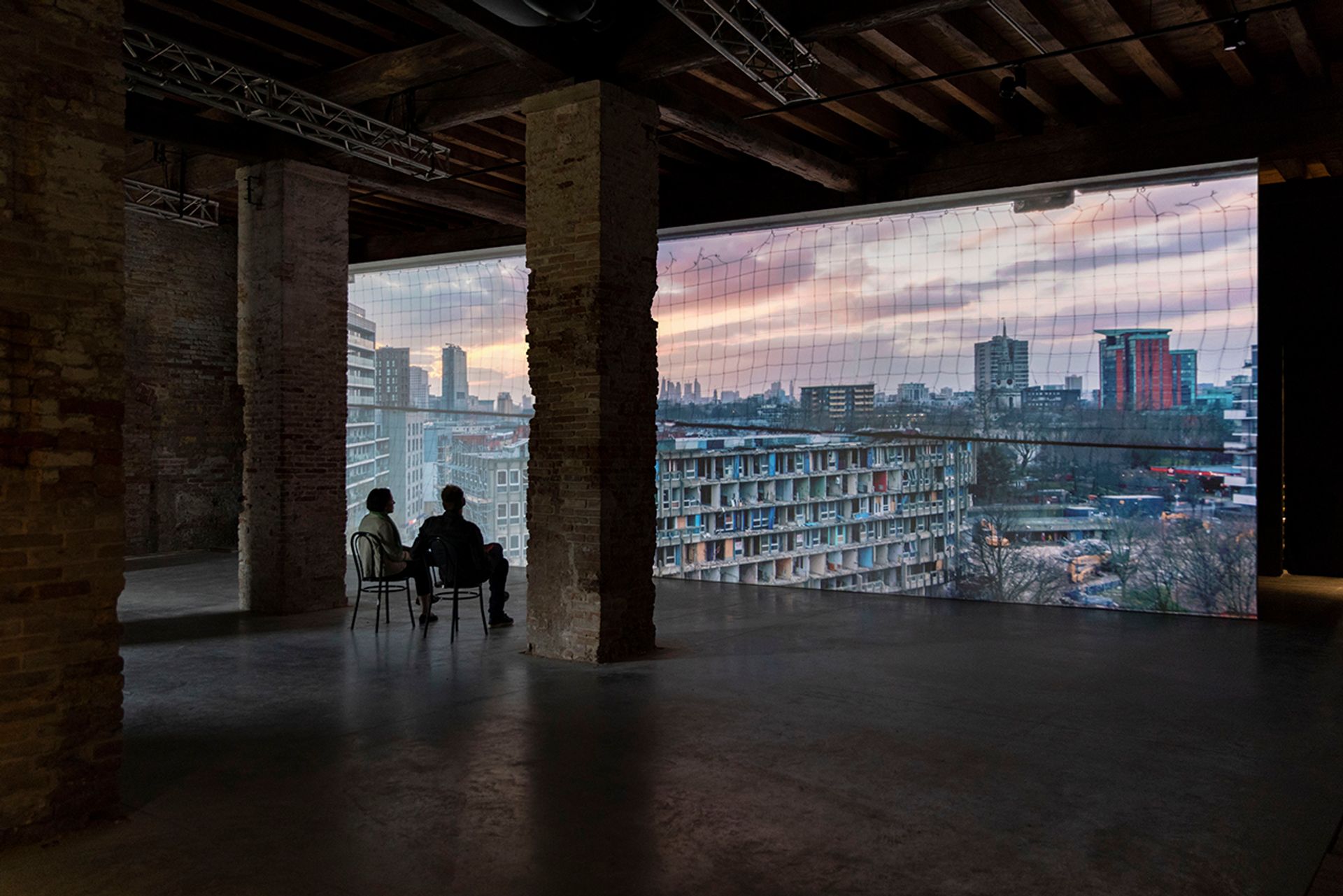
Robin Hood Gardens, Woolmore Street, London E14 0HG by Do Ho Suh Courtesy of the Artist, Lehmann Maupin, New York Hong Kong and Seoul and Victoria Miro Photo Copyright © Victoria and Albert Museum, London
... what is art for?
"Art is a lens to help us to be able to see ruptures in truth."
Do Ho Suh is in the exhibitions Portable Sculpture at the Henry Moore Institute in Leeds, UK, opening in the spring of 2021; When Home Won't Let You Stay: Migrations through Contemporary Art at the Cantor Art Museum at Stanford University (21 April-30 May); Do Ho Suh 348 West 22nd Street is on view at Los Angeles County Museum of Art (until 16 May); and his work is included in Victoria Miro's online exhibition, The sky was blue, the sea was blue, and the boy was blue (until 30 April).


